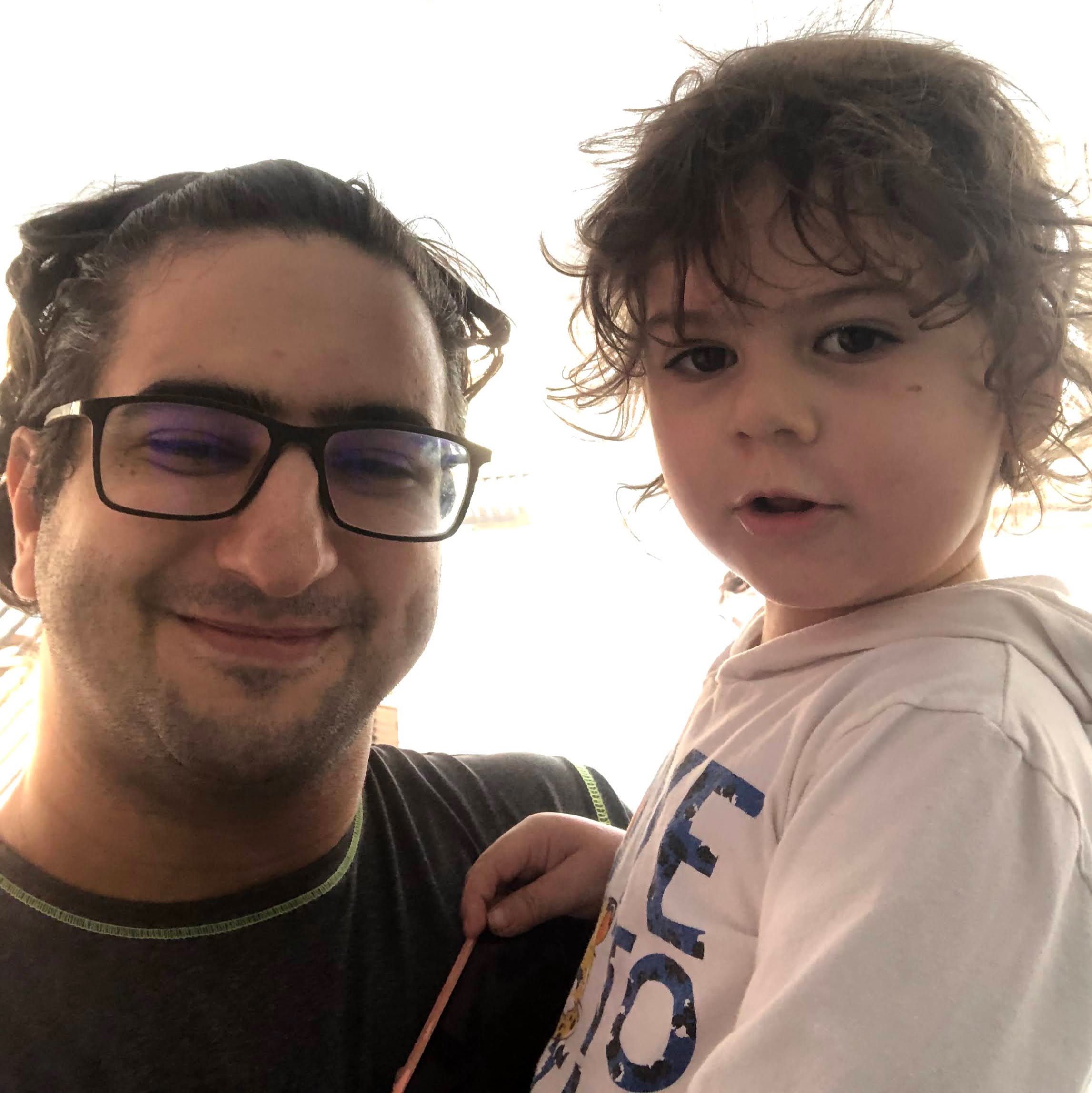Real-time dynamic programming for Markov decision processes with imprecise probabilities
Published in Artificial Intelligence, 2014
Markov Decision Processes have become the standard model for probabilistic planning. However, when applied to many practical problems, the estimates of transition probabilities are inaccurate. This may be due to conflicting elicitations from experts or insufficient state transition information. The Markov Decision Process with Imprecise Transition Probabilities (MDP-IPs) was introduced to obtain a robust policy where there is uncertainty in the transition. Although it has been proposed a symbolic dynamic programming algorithm for MDP-IPs (called SPUDD-IP) that can solve problems up to 22 state variables, in practice, solving MDP-IP problems is time-consuming. In this paper we propose efficient algorithms for a more general class of MDP-IPs, called Stochastic Shortest Path MDP-IPs (SSP MDP-IPs) that use initial state information to solve complex problems by focusing on reachable states. The (L)RTDP-IP algorithm, a (Labeled) Real Time Dynamic Programming algorithm for SSP MDP-IPs, is proposed together with three different methods for sampling the next state. It is shown here that the convergence of (L)RTDP-IP can be obtained by using any of these three methods, although the Bellman backups for this class of problems prescribe a minimax optimization. As far as we are aware, this is the first asynchronous algorithm for SSP MDP-IPs given in terms of a general set of probability constraints that requires non-linear optimization over imprecise probabilities in the Bellman backup. Our results show up to three orders of magnitude speedup for (L)RTDP-IP when compared with the SPUDD-IP algorithm.
Recommended citation: Delgado, K.V., De Barros, L.N., Dias, D.B., Sanner, S. (2016). "Real-time dynamic programming for Markov decision processes with imprecise probabilities." Artificial Intelligence. https://www.sciencedirect.com/science/article/pii/S0004370215001411
